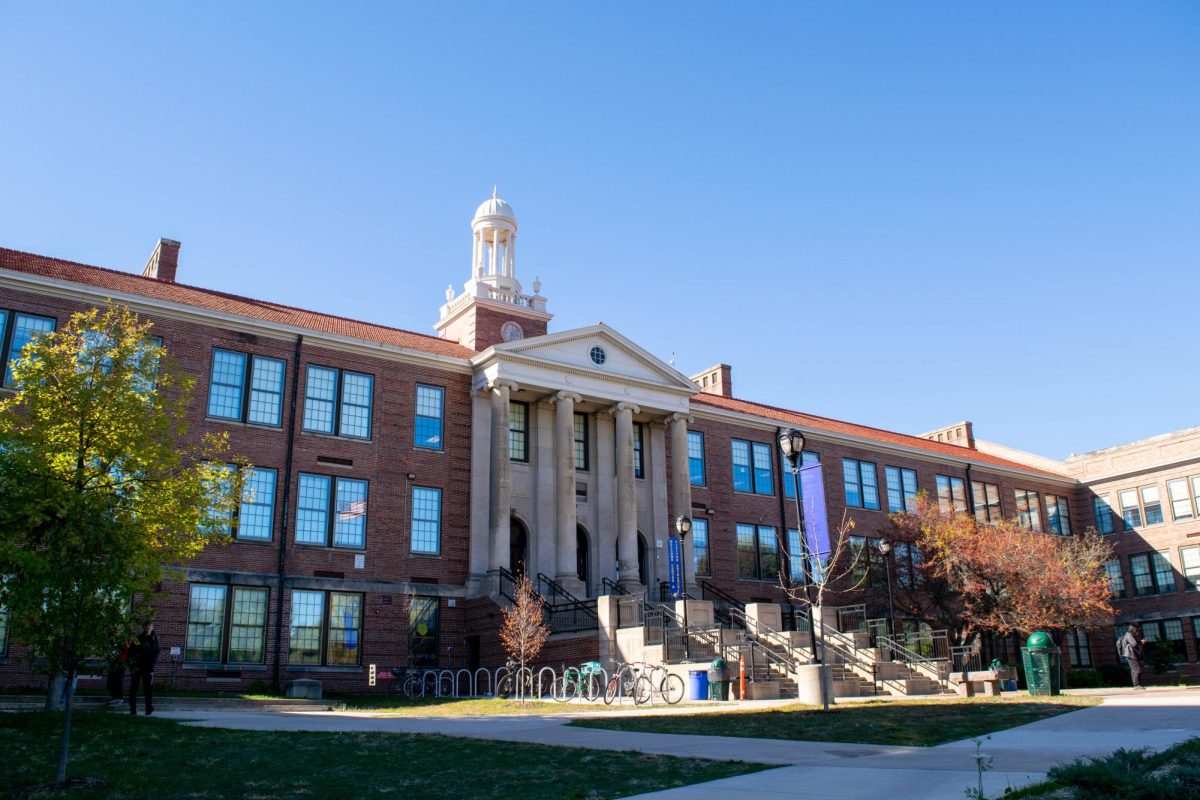The state of Wisconsin holds the distinction of having the largest racial disparities in reading and math scores across the nation, with a significant gap between Black and white students. This divide has remained unchanged since 2022, cementing the idea that these systematic inequalities are not just isolated to the classroom, according to Wisconsin Public Radio.
Education levels are an important marker of socioeconomic achievement and this racial gap represents the broader issues of racial inequity across American society. This includes but is not limited to employment, income, justice and healthcare. Understanding why these gaps exist and how they span beyond the classroom is critical to figuring out ways to solve the disparity and ensuring a more equitable future.
Wisconsin’s immense racial disparities in the education system stem from a variety of historical and policy-driven factors that perpetuate cycles of inequality. This includes residential segregation and school funding inequality. Wisconsin, and more specifically, Milwaukee, is one of the more segregated cities in the country. 20th-century policies like redlining have had long-lasting and significant effects, concentrating many Black residents in neighborhoods that lack resources and quality education, according to ACLU Wisconsin.
Wisconsin’s school system relies heavily on property taxes, which creates a stark divide between wealthy, typically white districts and underfunded, predominantly Black neighborhoods, according to The Badger Project. This funding disparity leads to larger class sizes, outdated materials and less access to advanced coursework resources for many Black students.
Additionally, there are immense disparities in how Black students are disciplined compared to white students. Wisconsin has some of the highest rates of expulsion and suspension for Black students in the country. According to American University, there is a school-to-prison pipeline that disproportionally affects Black students. Excessive measures contribute to lower graduation rates and fewer resources that provide opportunities for academic and career advancements.
There is also a noticeable lack of representation within the faculty and curriculum in the educational system. According to Brookings, the system has struggled with an immense lack of diversity among teachers and administrators. Studies show that students typically perform better when they have a teacher who shares a racial or ethnic background, but Wisconsin has a mostly white teaching force across the state, according to Post Crescent. Curriculum often fails to represent the distinct experiences and history of Black students, which can make the education less relevant to their personal lived experiences.
Additionally, educational systems are often dependent on economic stability and because of historical discrimination based on race, Wisconsin has some of the largest generational wealth gaps. Discrimination based on employment, housing and banking has historically prevented Black families from accumulating wealth at the same rate as white Wisconsinites, according to ACLU Wisconsin. This extends into access to educational resources like tutoring and extracurricular or college preparatory courses.
This inequity in K-12 education leads to college as well. At the University of Wisconsin, Black students are majorly underrepresented compared to the Black population in Wisconsin. According to the Center for American Progress, Black residents also face higher unemployment rates and lower wages because of fewer opportunities to access high-paying jobs that require advanced education. If something doesn’t stop this cycle, the economic gap will only continue to widen and reinforce the cycle of poverty in Wisconsin.
These disparities have broader consequences that go beyond educational attainment. According to the National Institutes of Health, lower education levels are linked to worsened health outcomes, higher rates of chronic illness and housing instability. Income disparities limit access to safe and affordable housing and translate to lower levels of civil engagement. Voter participation rates are typically lower among people with lower levels of education, which can reduce the political influence from communities, according to ProPublica. This perpetuates policies that fail to solve or address inequity.
The future of disparities in Wisconsin depends on policymakers at both the state and federal levels. As political landscapes shift, the risk of perpetuating inequities rises if policymakers don’t prioritize educational equity. Funding cuts, anti-affirmative action policies and the elimination of DEI initiatives will only put Black students at even more of a disadvantage, according to Faegre Drinker.
The cause isn’t hopeless, however. There could be progress if the government takes action to dismantle the systemic barriers that have become so intertwined with the educational system. Expanding access to early childhood education, pouring funding into under-resourced schools and implementing policies that promote racial equity would make significant changes to the lives of Black students across Wisconsin.
While the problem is deeply rooted, the fight for equity has tangible steps that can be taken to address Wisconsin’s racial education gap. Policymakers should move away from tax-based funding and adopt a model that requires equal resources across all districts. They should also incorporate diverse initiatives and perspectives into the curriculum to make education more inclusive.
Investing in programs that offer low-cost education for marginalized communities can help bridge the gap early on. Schools should implement better disciplinary measures that don’t excessively target Black students to keep students in the classrooms instead of pushing them out, according to the Intercultural Development Research Association. A possible method of encouragement could be a mentorship program that connects students of color with role models and resources to further career opportunities.
Wisconsin’s immense racial disparities within the educational system are a byproduct of systemic inequalities that have persisted for decades. This inequality expands outside of the classroom and has long-lasting effects on the socioeconomic climate of the state. Addressing these disparities is critical for not only the principle of equity but also for the survival of Wisconsin. Without immediate change, Wisconsin risks perpetuating one of the largest racial divides the state has ever seen.



